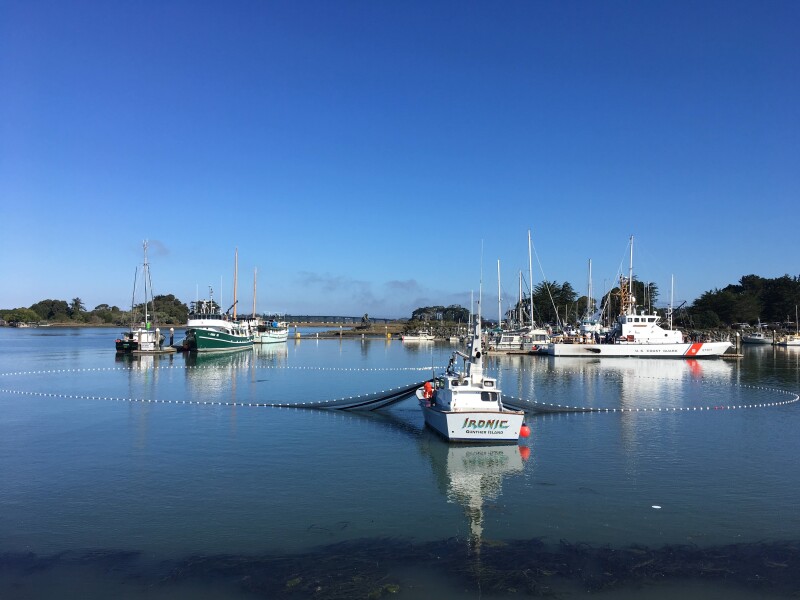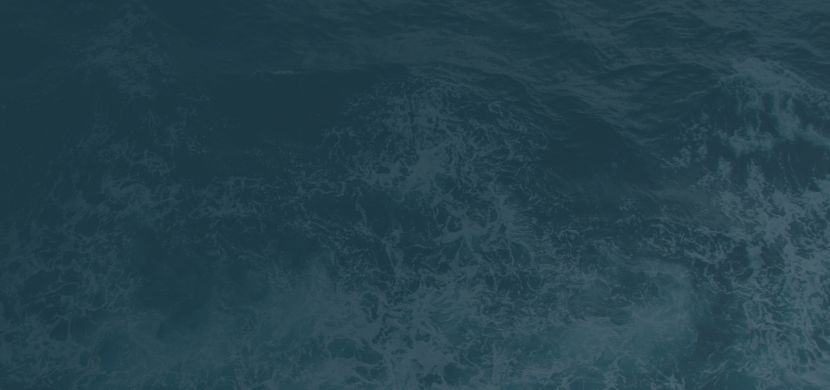September 4, 2024
Crafting the perfect lampara net for California’s evolving bait fishery

Ken and Linda Bates circle a school of anchovies with their lampara net in Humboldt Bay, near Eureka, California, and prepare to haul the set back aboard the 32-foot F/V Ironic. Photo by Cloudburst Fishing
Eureka, California fisherman and innovator Ken Bates strives to build the perfect lampara net. Into his 70s now, Ken Bates has seen decades of fishing on the coast of northern California. He spent 35 winters gillnetting row herring in Humboldt Bay and fished for sardines and anchovies with lampara net, but markets change and tastes change. “We lost the freezer for sardines here. Now we use a lampara net to fish for live anchovies for the albacore bait boats,” says Bates. “And we build the…

You've caught the limit!
Free membership gives you access to:
- Unrestricted access to all NationalFisherman.com articles.
- Receive in-depth reports and research on various topics related to the fishing industry.
- Up-to-date news updates from the fishing industry delivered directly to your inbox twice a week.






